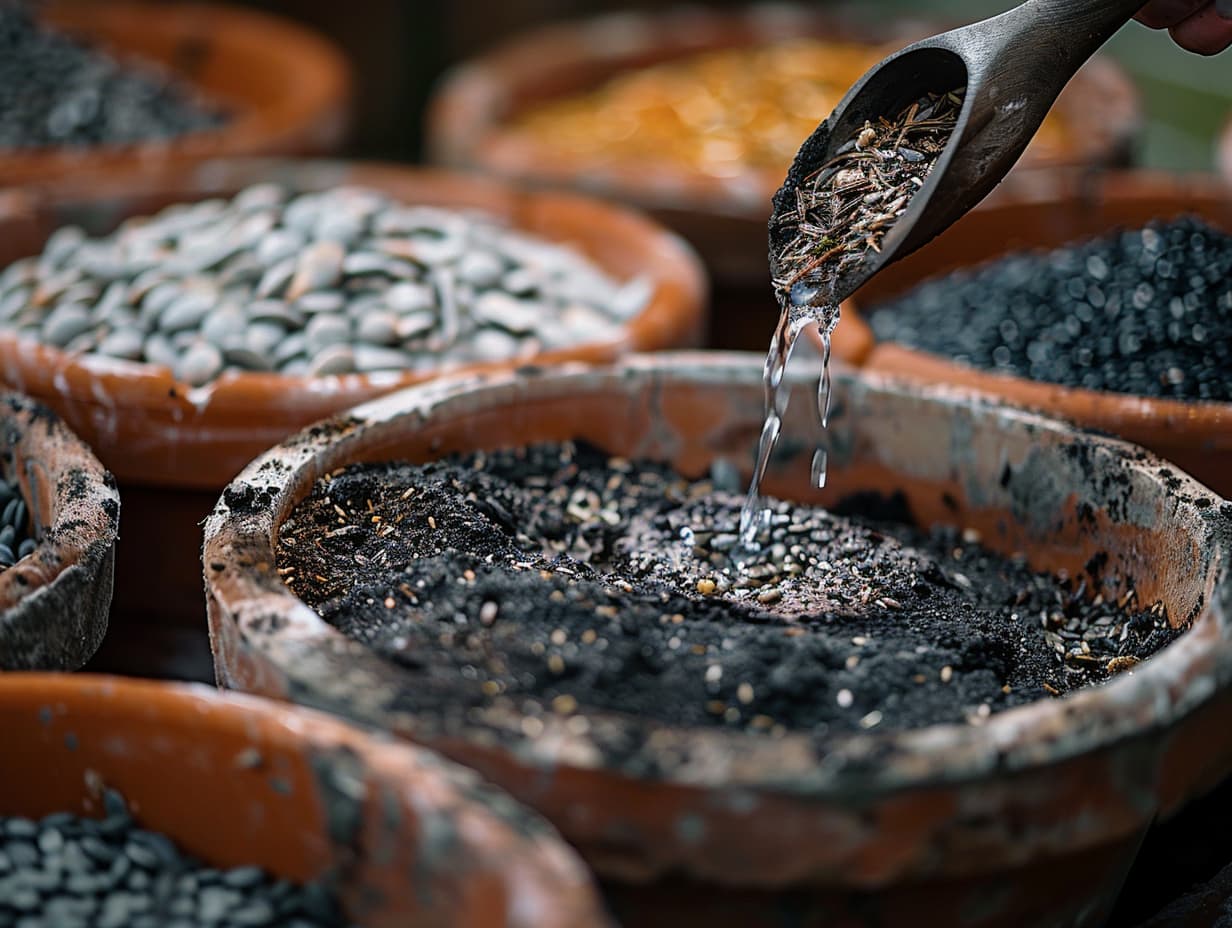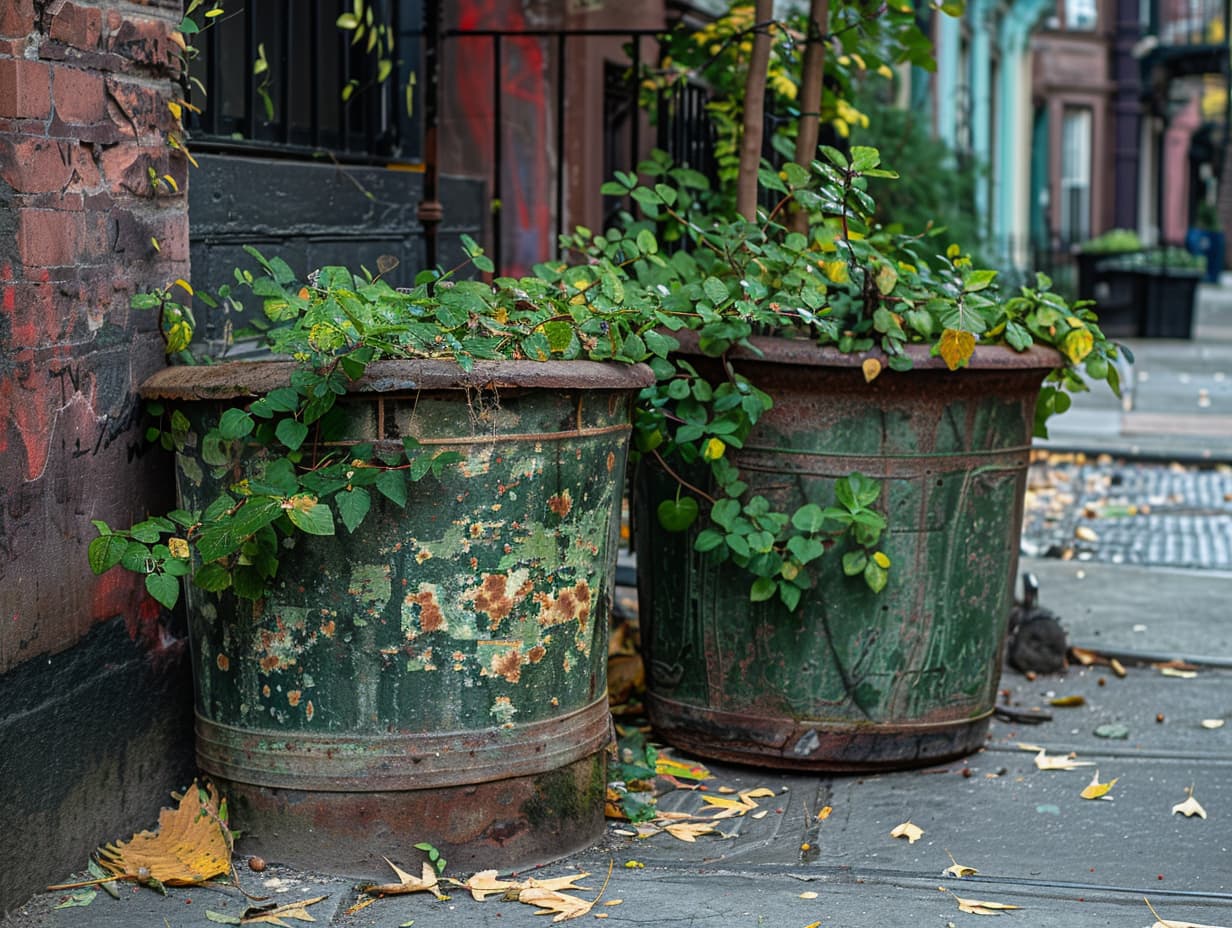When you buy products via links on our website, we might receive an affiliate commission. Learn more
Seed Bombing: 10 Shocking Things You Must Know Before You Throw

Seed bombing, also known as seed balls or guerrilla gardening, is a form of ecological activism that involves throwing balls made of clay, compost, and seeds into areas where gardening is not typically feasible.
This method aims to beautify neglected spaces and contribute to environmental conservation. Here’s an in-depth look at ten things you need to know about seed bombing, blending insightful tips with the ethos of guerrilla gardening.
What Is Seed Bombing?

Seed bombing involves the creation of seed balls made from a mixture of clay, compost, and seeds, which are then thrown into barren or underutilized lands to promote vegetation.
The dried seed bombs can be thrown into targeted areas. This can be done by hand or using slingshots for more distant or inaccessible areas. The idea is to distribute these seed bombs over a wide area without the need for tilling the soil or traditional planting methods.
After the seed bombs are deployed, they wait for the right conditions (like rain) to start breaking down. The seeds then germinate using the nutrients provided by the compost and the plants begin to grow. The clay helps retain moisture around the seeds, aiding in their development.
The concept of seed bombing is rooted in guerrilla gardening, which seeks to reclaim land and green urban spaces, often conducted on land not legally owned by the planter.
History of Seed Bombing
The modern practice of seed bombing was developed in the 20th century but is based on ancient techniques of sowing seeds protected by earthen materials.
Japanese farmer Masanobu Fukuoka, known for his revolutionary ideas on natural farming, popularized seed bombing in the 1970s as a labor-efficient agricultural practice.
His methods were later embraced by environmentalists globally, becoming a tool of eco-activists aiming to swiftly and discreetly introduce flora into degraded landscapes.
How to Make Your Own Seed Bombs

To make your seed bombs, you'll need natural clay, compost, and native seeds. The clay acts as the carrier, the compost provides nutrients, and the seeds are chosen based on the specific environmental conditions of the area you wish to bomb.
First, mix the dry clay and compost, then add seeds, gradually mixing in water until the mixture is moldable.

Form into small balls and allow them to dry for a few days.
This project can be a great educational tool for teaching children about the growth of plants and the importance of local ecosystems.
Choosing the Right Seeds
The success of seed bombing largely depends on the seeds you choose. Choose native species that are more likely to thrive in the local climate and soil conditions.
Native plants support local biodiversity, requiring less water and maintenance than non-native species.
They also play crucial roles in the local ecological networks, supporting native bees, butterflies, and birds. Avoid invasive plants that could disrupt local ecosystems and outcompete native species.
The Role of Guerrilla Gardening

Guerrilla gardening is a form of grassroots activism aimed at transforming unused or neglected parcels of land into green, productive spaces. It’s often practiced as a statement against urban decay, food deserts, and private property neglect.
Seed bombing is a tactic within this movement that allows activists to cultivate land subtly and quickly, often working under the cover of night to beautify and utilize forgotten urban spaces.
Legal Aspects of Seed Bombing
Before you throw your seed bombs, it's important to consider the legal implications. In some areas, planting on public land without permission can be considered vandalism or trespassing.
It's best to research local regulations or focus on community gardens and spaces that welcome such initiatives. Sometimes, municipal programs might support guerrilla gardening efforts as part of urban renewal projects.
Benefits of Seed Bombing to the Environment
Environmental benefits of seed bombing include increased green cover, improved air and soil quality, and enhanced urban aesthetics. These green spaces can help reduce city heat effects, manage stormwater runoff, and reduce erosion.
Additionally, introducing native flora helps restore local ecological balance, offering vital resources and habitats to urban wildlife, which can be particularly impactful in densely built environments.
Seed Bombing and the Community

Seed bombing can be a social and communal activity, bringing together people of all ages and backgrounds. Workshops can be organized to educate participants about the importance of biodiversity and ecological conservation.
These events can foster a sense of community and responsibility towards local environments, encouraging ongoing participation in urban greening efforts.
Impact of Seed Bombing on Wildlife
By promoting the growth of native plants, seed bombs can have a significant positive impact on local wildlife, providing them with necessary habitats and food sources.
This is vital in urban areas where development has diminished natural landscapes. Birds, insects, and small mammals benefit from the increased availability of seeds, nectar, and shelter, contributing to greater biodiversity and ecological health.
Tips for Successful Seed Bombing
To maximize the effectiveness of your seed bombing efforts, consider the timing and location. Spring and autumn are ideal seasons for seed bombing, as the wet weather helps seed germination and establishment.
Choose locations that are accessible and visible to ensure the seed bombs do not go unnoticed and can be appreciated by the community.
Also, after planting, occasional follow-up visits can help you gauge the success of your efforts and plan future activities.
